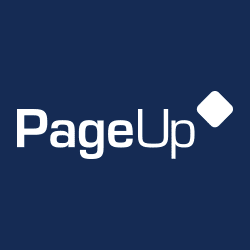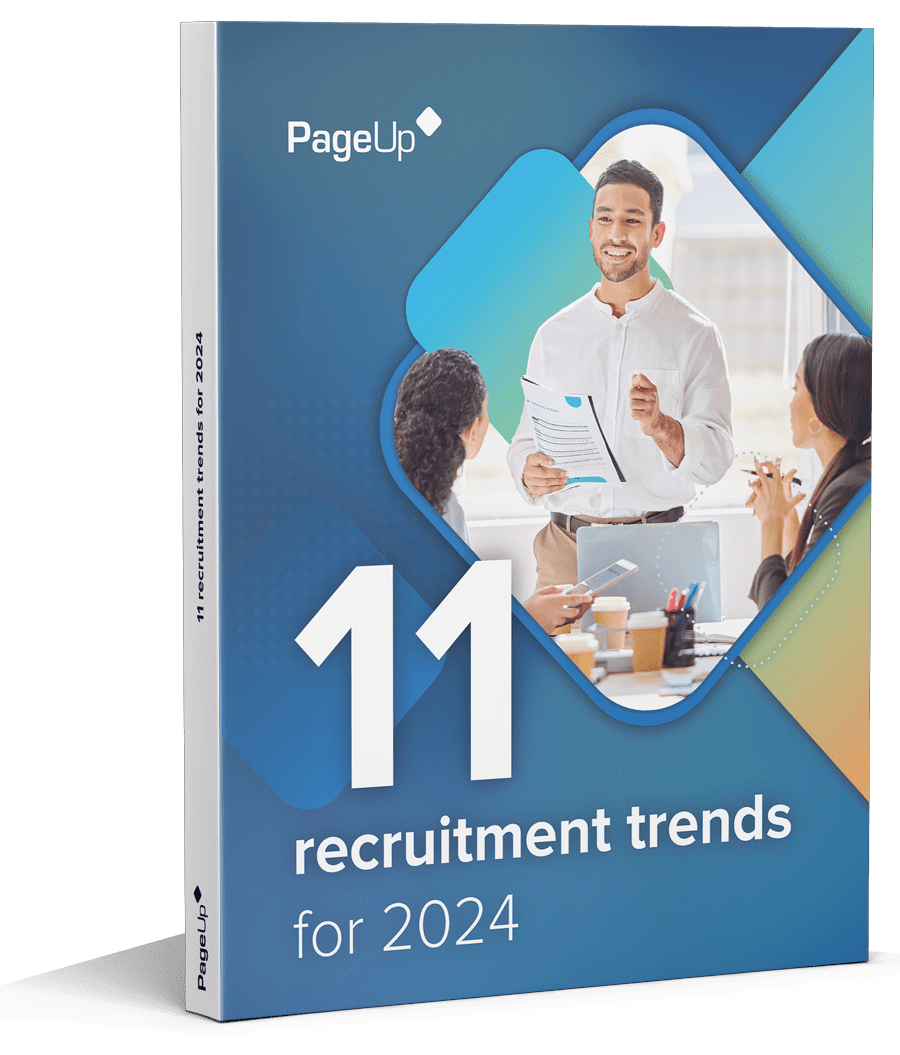What is onboarding?
Walking into a new office on your first day is undeniably daunting, especially when you’re expected to bond with new colleagues, learn names and titles, fit in with the culture, grasp new systems and processes – all while remembering where the bathroom is! Often, a site plan, employee handbook and tour of the kitchen facilities aren’t enough to make a new hire feel at ease. To make sure you’re giving new starters a positive first impression of your organisationorganization, the onboarding process should start as soon as a candidate becomes an employee. That way, they can hit the ground running, right from day one!
Rather than a cursory orientation from whichever staff member is on hand, onboarding should be a multi-step process that unfolds over time. Instead of placing the onus on management to orient a new starter, onboarding flips the script and gives a new hire easy access to all the relevant and re-visitable information they need, exactly when they need it.
“To make sure you’re giving new starters a positive first impression of your organisationorganization, the onboarding process should start as soon as a candidate becomes an employee.”
Why is learning important in onboarding?
While it may seem like an added step in an already costly recruitment process, when done right onboarding can be a vital tool for employee retention. In fact, good onboarding can actually save organisationsorganizations money. Australian businesses waste as much as $385 million in avoidable recruitment costs each year. With up to 20% of employee turnover occuring in the first 45 days of work, the price of replacing an employee far outweighs the investment required to design an effective onboarding system.
“The price of replacing an employee far outweighs the investment required to design an effective onboarding system”
It’s not just sudden resignations that will hurt an organisationorganization’s bottom line. Employees may stay on but remain unproductive and unsure of their responsibilities because of poor onboarding. This loss of productivity costs companies in the US and UK alone an estimated $37 billion annually. It’s clear that putting your best employer brand foot forward by making a new employee feel included and informed is an investment in both of your futures. In fact, employees that have experienced a great onboarding experience are 69% more likely to become brand loyalists, staying with a company for three years or more.
OrganisationsOrganizations with a standard onboarding process experience 50% greater productivity in their new hires. Despite the obvious procedural benefits of onboarding learning programs, up to 25% of companies admit their onboarding does not include any formal training. Here’s where savvy organisationsorganizations can get a head start on their competition, accelerating a new hire’s speed to competence with a tech solution that involves employees in a continuous learning journey from the moment they’re hired.
Ensure onboarding is consistent
Now you’ve established the need for an educational onboarding process, how do you ensure this onboarding is consistent in its messaging and content? With 33% of new hires looking for a new job within their first six months, an effective onboarding process could be the difference between retaining top talent and facing consistent employee churn.
“An effective onboarding process could be the difference between retaining top talent and facing consistent employee churn.”
Design a program for your organisationorganization
Every organisationorganization has its own unique culture, beliefs and values, and your onboarding process should be designed to reflect this. The more clearly you articulate your core values and expectations, the more quickly new hires will settle into their new team and understand what’s expected of them in their new role.
Don’t be afraid to think ahead at this stage: designing a thorough and customisedcustomized onboarding system doesn’t have to start at day one of an employee’s journey. In fact, best-in-class companies are 35% more likely to begin the onboarding process before an employee has even walked through the door.
“The more clearly you articulate your core values and expectations, the more quickly new hires will settle into their new team.”
When designing an onboarding program for your organisationorganization, ask yourself: what do you want employees to feel? What do you want their first impressions of the business to be? As you’re developing your onboarding learning program, surveys can provide a useful litmus test for how well you’re achieving these goals, and can identify any weaknesses in the process. While these flaws may not be instantly recognisablerecognizable to HR managers, they should not be overlooked; inevitably, they will impact the satisfaction and retention of your employees.
What to include in your onboarding
There are some key structural considerations to be aware of when designing an onboarding learning program: foremost is compliance with industry standards and legislation. When creating an onboarding program, include learning experiences that walk new hires through important exercises like Office Health and Safety training – this can engage employees in the otherwise dry compliance process. Some companies use off-the-shelf learning courses to do this, while others opt to create their own learning modules that are uniquely tailored to their organisationorganization. Whichever option you choose, it’s important to not make onboarding about simply checking off compliance boxes – it should also introduce employees to your company culture and set the tone for their time in the role. Now is the perfect juncture to introduce milestones for new employees. Amazingly, 60% of companies fail to set milestones or goals for new hires, which makes this a great opportunity for your organisationorganization to stand out from the pack.
It’s not just goal-setting and procedural checkpoints that should be included in an onboarding program – cultivating interpersonal skills is also important in the modern workplace. In fast-paced work environments, the employees that perform the best are the ones which can communicate and collaborate with each other, guided by a shared company culture. Therefore, creating custom learning courses that explain your organisationorganization’s values and vision will not only help new starters assimilate faster, but will also help foster a sense of inclusion and employer brand allegiance from the outset.
“In fast-paced work environments, the employees that perform the best are the ones which can communicate and collaborate with each other.”
Proper onboarding can mean the difference between a new hire feeling fulfilled and committed in their role, or feeling alienated and driven to leave after just a few months. This crucial part of the employment experience shouldn’t be overlooked, and it is up to employers to welcome new hires with an onboarding system that embraces, supports and champions their needs. In turn, they should reward you with increased engagement and lasting loyalty.
By serving and tracking onboarding tasks through a unified software solution like PageUp, or turning to staff-training providers like GO1 to formulate your own learning resources, your onboarding can be tailored to your organisationorganization and continually responsive to your employees’ needs.
Fresh insights for HR
Stay up to date with HR trends, tips and more when you sign up for our industry newsletter






